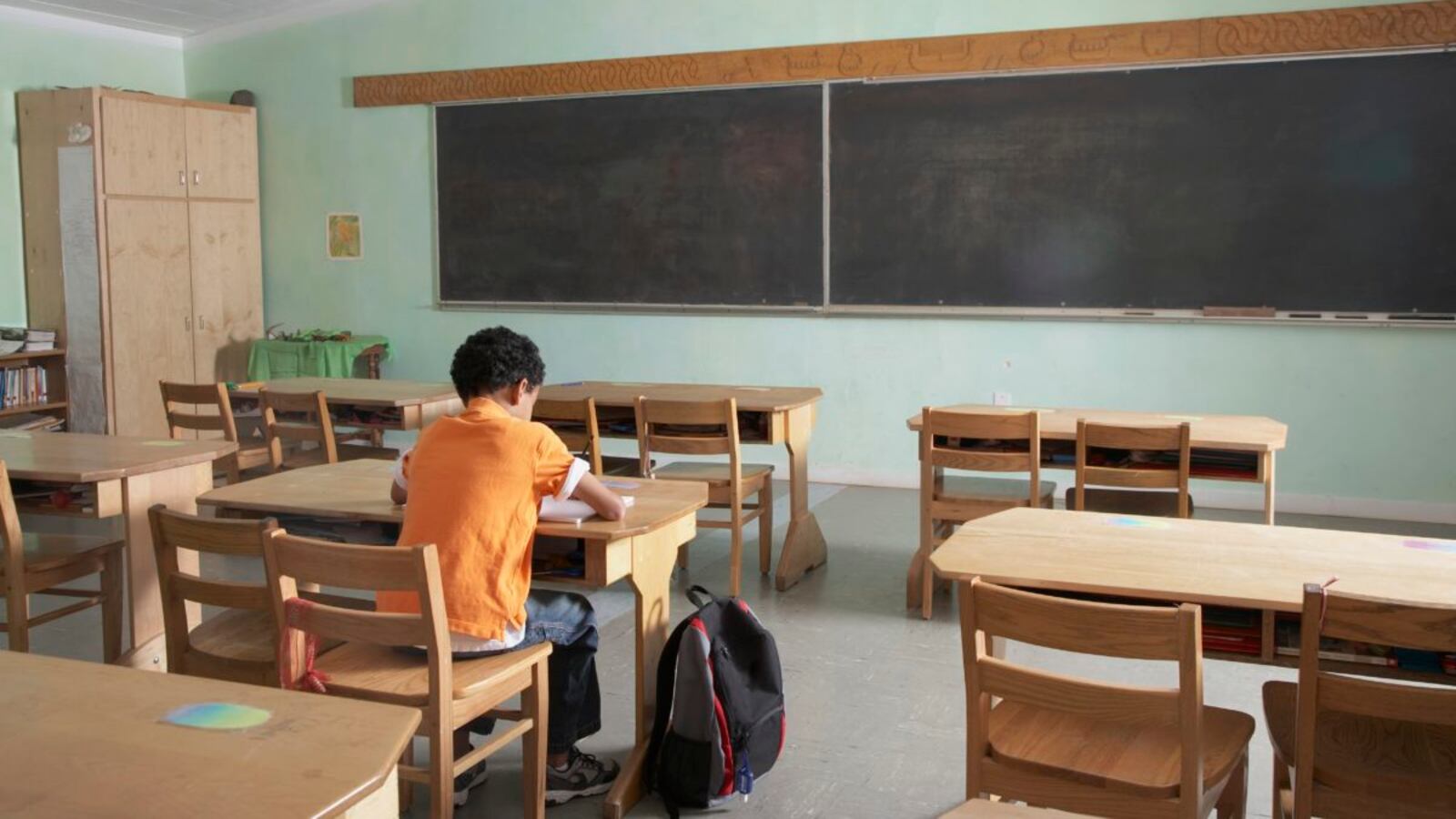A growing share of city students with disabilities received the services they were entitled to last year, according to new data released Friday by the education department — though almost a quarter of special education students only received a fraction of the help they were owed.
Last school year, just over 78 percent of students received all of the supports required by their individual learning plans, which can include services such as counseling or physical or behavioral therapy. That represents an increase from the 2016-17 school year, when 73 percent of students received all mandated services.
But nearly 40,000 special education students — or 22 percent of all students classified as having disabilities — received only part of the interventions they were entitled to or did not receive any extra support whatsoever.
Kim Sweet, executive director of Advocates for Children, a non-profit that works on behalf of students with disabilities, wrote that “while the data show incremental improvements” — the fact that many students are left without services is alarming.
“Given the 40-point gap in reading proficiency between students with disabilities and their nondisabled peers, it is essential that the DOE ensure students with disabilities receive the instruction they need,” Sweet said.
Friday’s report marks the fourth time the city has released comprehensive data on how well the city is serving its roughly 224,000 students with special needs — a population larger than Houston’s entire public school system. But, as in the past, it is difficult to know whether the data accurately reflect the reality inside schools. Due to major flaws with the city’s special education tracking system, which is notoriously glitchy and has sparked litigation, officials have warned the data may not be completely reliable.
Officials said the education department has worked to improve collection of this information, expanded programming for students with disabilities, and hired additional special education staff and educators. Yet they also acknowledged that it’s unclear how much of the year-over-year changes are due to improvements to its data systems versus better service delivery.
The report is the first under schools Chancellor Richard Carranza, who faced a special education crisis in his last job as head of Houston’s public schools. Since arriving in New York City, he has vowed to make special education a priority — though the city has struggled to pay special education therapists on time or even get students with disabilities to school.
“Meeting the needs of our students with disabilities is a major focus area for me,” he said in a statement on Friday. “All students deserve to learn at the highest level, and we’ll continue to invest in serving all our students with disabilities.”
The latest data show just how big a task Carranza faces: With some exceptions, numbers from the new report continue to show large gaps in how well the city is serving students with disabilities compared with the 2016-17 school year.
By law, the city has to hold individualized education program meetings within 60 days of a parent giving consent to a child receiving services; the plans are used to develop a student’s annual goals and supports. This past school year, almost 73 percent of students got their IEPs within the legally required timeframe, essentially the same as the previous year.
The share of students who received no services at all fell slightly to 2.5 percent — or 4,500 students — down from 4 percent the year before.
The report also sheds light on how often school personnel recommend that students with disabilities take classes with their general-education peers.
About 71 percent of students with disabilities were recommended to spend at least 40 percent of their day in a general-education classroom last school year — essentially the same percentage as the previous year.

